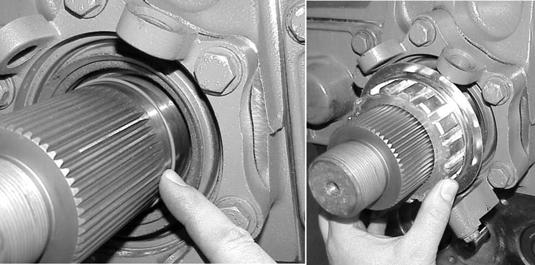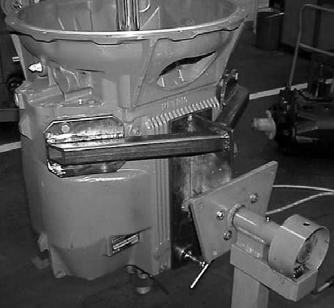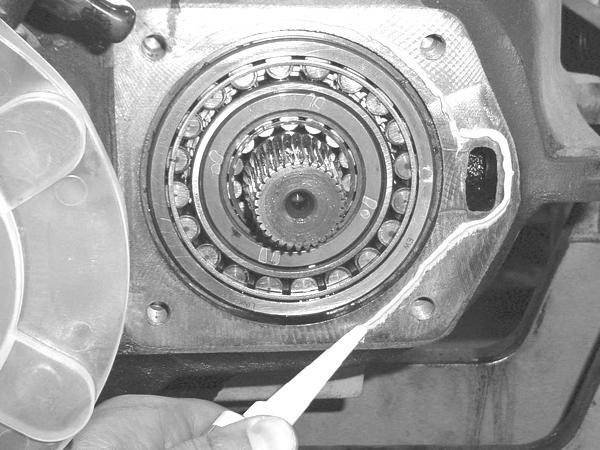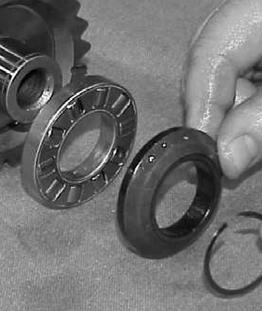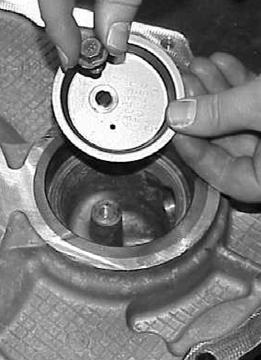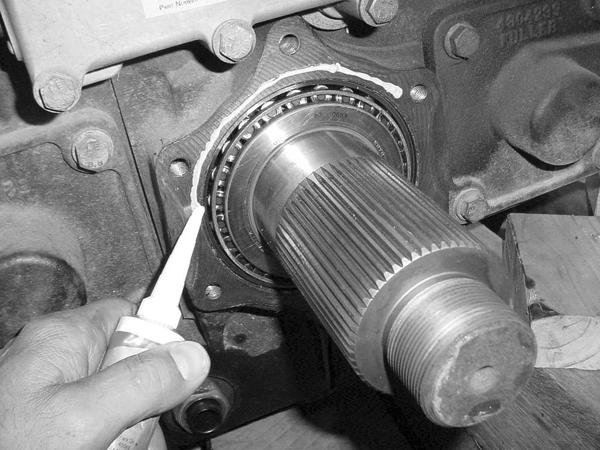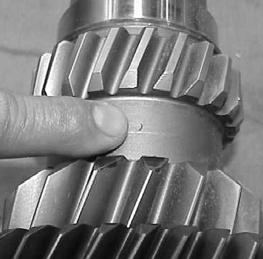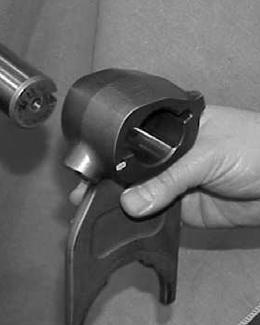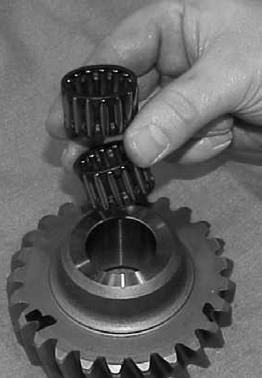
2 minute read
Lubrication Information
Proper lubrication procedures are the key to a good all-around maintenance program.
Eaton® Fuller® Transmissions are designed so internal parts operate in an oil circulating bath created by the motion of the gears and shafts.
All parts will be properly lubricated if these procedures are closely followed: a. Maintain oil level and inspect regularly. b. Follow maintenance interval chart. c. Use the correct grade and type of oil. d. Buy from a reputable dealer.
Maintain Proper Oil Level
Make sure the oil is level with the filler opening. Being able to reach the oil with your finger does not mean the oil is at The proper level. (One inch of oil level is about one gallon of oil.)
IMPORTANT
When adding oil, never mix engine and gear oils in the same transmission.
Hole

Improper Oil Level Proper Oil Level Hole
Oil Capacity is 27 pints
Maintenance Interval Chart Eaton® Roadranger® CD50 Transmission Fluid HIGHWAY USE-Heavy duty and Mid-Range initial Fill with Eaton® Roadranger® CD50 E500 (PS-164) HIGHWAY Every 10,000 miles Check fluid level. Check for leaks. Every 500,000 miles Change transmission lubricant. OFF-HIGHWAY USE First 30 hours Change transmission lubricant on new units. Every 40 hours Inspect lubricant level. Check for leaks. Every 1,000 hours Change transmission fluid where severe dirt conditions exist. Every 2,000 hours Change transmission fluid (Normal off-highway use).
If your vehicle has a transmission oil filter, you must change the filter when fluid or lubricant is changed.
The use of lubricants not meeting these requirements will affect warranty coverage.
For a list of Eaton Approved Synthetic Lubricants, see TRSM-0911 or call 1-800-826-HELP (4357).
Buy from a Reputable Dealer
For a complete list of approved and reputable dealers, write to: Eaton Corporation Global Marketing Services P.O. Box 4013 Kalamazoo, MI 49003
Transmission Operating Angles
If the transmission operating angle is more than 12 degrees, improper lubrication will occur. The operating angle is the transmission mounting angle in the chassis plus the percent of upgrade (expressed in degrees).
For operating angles over 12 degrees, the transmission must be equipped with an oil pump or cooler kit to insure proper lubrication.
Operating Temperatures with Oil Coolers
The transmission must not be operated consistently at temperatures above 250°F. However, intermittent operating temperatures to 300°F do not harm the transmission. Operating temperatures above 250°F increase the lubricant’s oxidation rate and shortens its effective life. When the average operating temperature is above 250°F, the transmission can require more frequent oil changes or external cooling.
Oil coolers are standard on Lightning transmissions.
The following conditions in any combination can cause operating temperatures of over 250°F: a. Operating consistently at slow speed. b. High ambient temperatures. c. Restricted air flow around transmission or engine radiator. d. Exhaust system too close to transmission. e. High horsepower operation. f. Restricted engine coolant flow to transmission cooler.
Oil coolers are effective in reducing operating temperatures when the above conditions are encountered. Oil Cooler Chart Transmission Oil Coolers are: Recommended With engines of 350 H.P. and above. Required With engines 399 H.P. and above and GCW’s over 90,000 lbs. With engines 399 H.P. and above and 1400 lb-ft or greater torque. With engines 450 H.P. and above.

